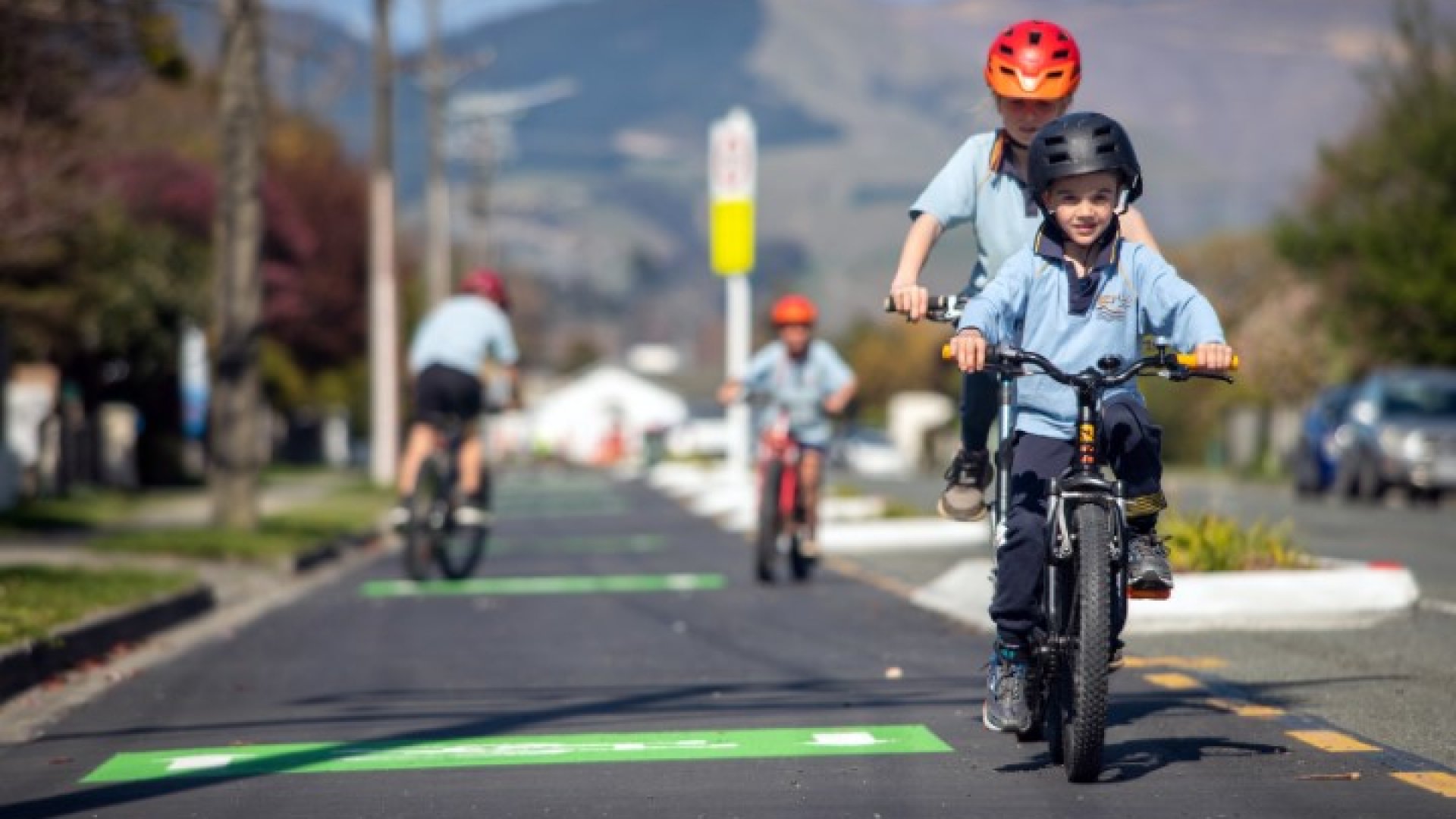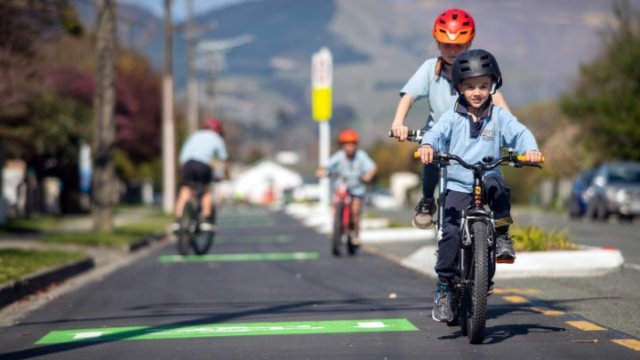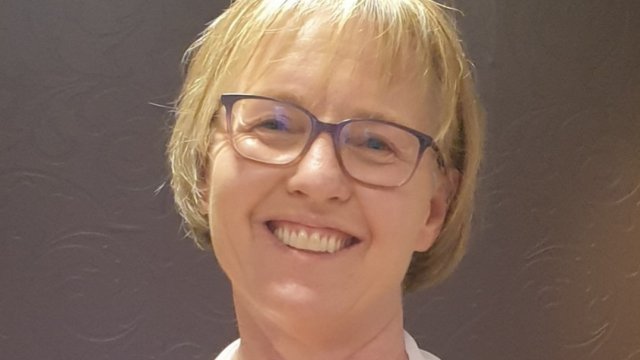E Tū Whakatū: an active travel strategy to get Nelson moving
23/06/2022 3:43am
A safer, more widespread network for walking and cycling is at the heart of E Tū Whakatū, Nelson’s Active Travel Strategy 2022 – 32.
Approved to go out for public feedback at a meeting of Nelson City Council’s Infrastructure Committee on 23 June, the draft strategy outlines a programme of investment in walking and cycling over the next 10–15 years that will allow people of all ages to choose a sustainable method of transport for the journeys they take in our City.
The strategy is a call to action to change the way we travel. As one part of a suite of transport and planning strategies, which includes the Parking Strategy, the Future Development Strategy and the upcoming Speed Management Plan, it aims to support the ‘zero carbon emissions by 2050’ target.
Together, these strategies provide the framework for Nelson to tackle some of the biggest transport and urban challenges our City currently faces, including climate change; car-dominated urban environments; and a lack of safe, accessible, comprehensive and sustainable transport options.
Infrastructure Chair Brian McGurk says the case for change is clear.
“Household transport emissions make up 25% of New Zealand’s greenhouse gas emissions. If we are to become carbon neutral by 2050, New Zealand and Nelson need to rethink how it gets from point A to point B.
“It can seem a daunting challenge. Many of our cities, including Nelson, have been designed with cars as our primary means of transport, but we are proposing a substantial investment in improved footpaths and cycle facilities that will make your journey more enjoyable, safer and healthier, and encourage many of you to travel in a more environmentally sustainable way.
“Change is never straightforward or easy, and some will find our switch to a more sustainable transport model challenging. But change doesn’t require everyone to do everything; it requires enough people to do something. We won’t see every Nelsonian cycling to work – that would be unrealistic – but for every improvement we make to our active transport network, I hope to see more and more people make that switch where they are able to.”
Written after Waka Kotahi’s Future Access Plan confirmed Nelson will not get any extra road capacity in the next 15 years, E Tū Whakatū acknowledges increases in demand on our road network will be managed by improvements to public transport, active transport and more efficient use of the road space we currently have.
The draft strategy contains three targets for active travel in Nelson:
- Vehicle Kilometres Travelled (VKT) will reduce to 25% below 2019 numbers by 2035.
- We will double the proportion of people walking and cycling to work and school by 2035.
- No active transport user is killed or seriously injured on our network by 2035.
“We acknowledge these aren’t easy targets to meet, and that’s the point. They are deliberately ambitious, and if we are to achieve them, we need to rethink the ways we travel,” says Councillor McGurk.
Public feedback will be sought on the draft strategy from 28 June – 25 July. People can give their feedback online by going to nelson.govt.nz and clicking on the Active Travel Strategy tile.
Paper copies will be made available at our Customer Service Centre on Trafalgar Street, and Stoke and Nightingale libraries. Council is also planning drop-in sessions, and more details will be available on these soon.



